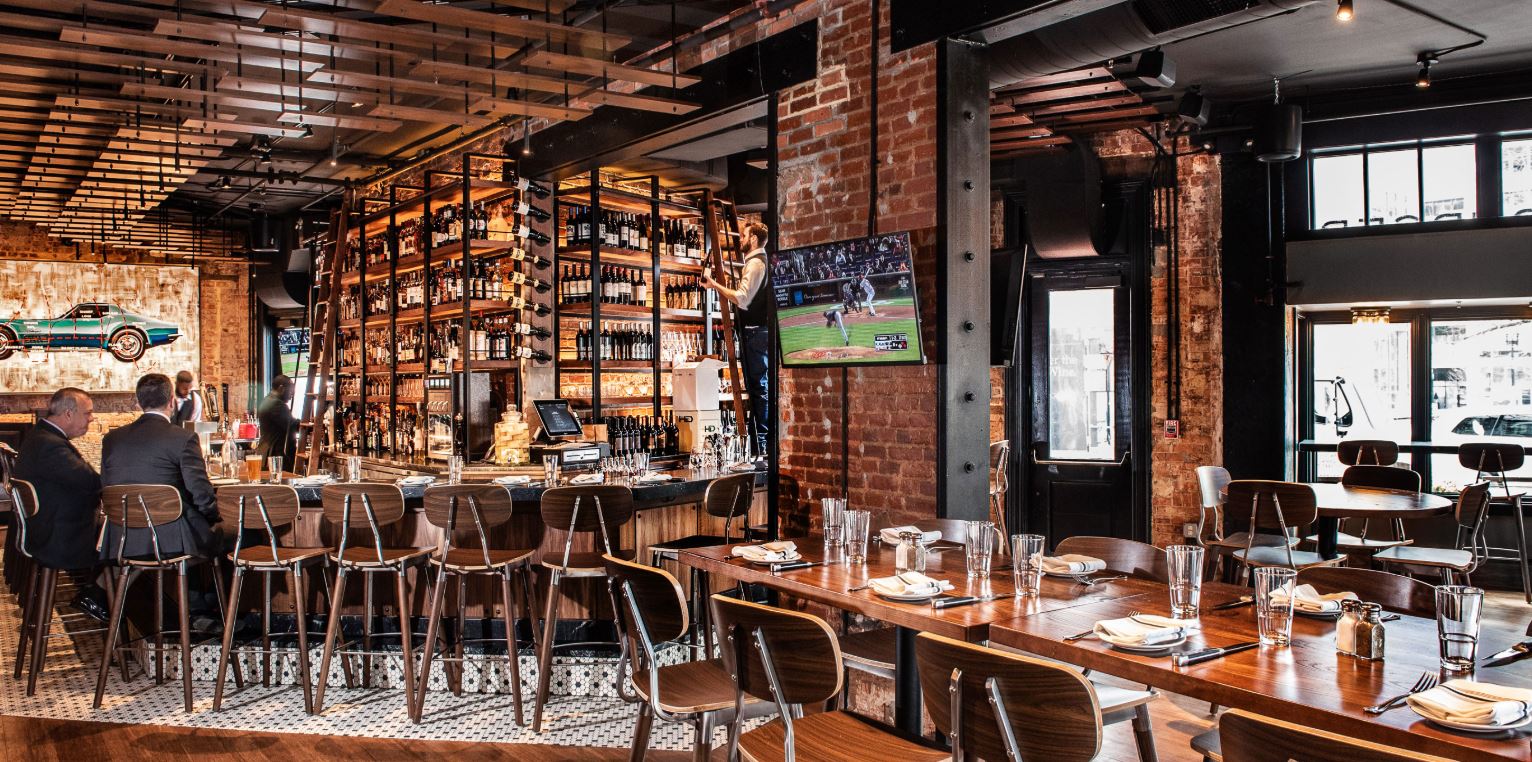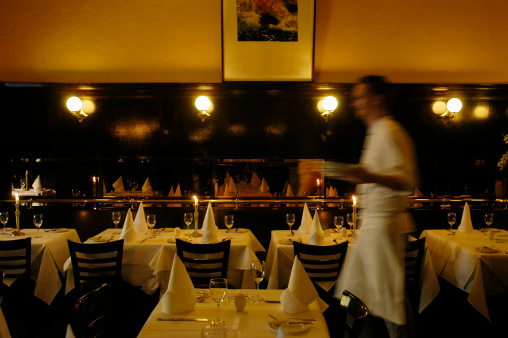Savor Authentic Eastern Cuisine With a Pan-Asian Twist for a Cooking Journey
Embarking on a cooking trip via genuine Eastern cuisine, boosted with a Pan-Asian twist, uses an unique opportunity to explore the rich tapestry of flavors that define the region's diverse culinary traditions. As you ponder these attracting meals, take into consideration the social stories and historic influences that shape them, each bite providing a story waiting to be found. pan asian dining Islamabad.

Exploring Pan-Asian Tastes
In the realm of worldwide gastronomy, Pan-Asian cuisine sticks out for its impressive diversity and the unified interaction of tastes from numerous Oriental cultures. This culinary technique celebrates the special ingredients and rich practices found throughout the continent, developing a tapestry of tastes that is both enjoyable and interesting. Secret to Pan-Asian food is its ability to stabilize different flavors-- wonderful, salted, spicy, and sour-- while highlighting the freshness and high quality of each active ingredient.
From the umami-rich soy sauce of Japan to the fiery chili peppers of Thailand, Pan-Asian cuisine uses a comprehensive combination of tastes. These aspects are often integrated in creative means, enhancing dishes with layers of intricacy. As an example, making use of fragrant herbs such as lemongrass and cilantro, common in Vietnamese and Thai cuisine, adds a rejuvenating illumination to recipes, while the incorporation of coconut milk provides a velvety, rich texture.
The emphasis on fresh produce and aromatic spices guarantees that each meal is not only a feast for the preference buds but likewise for the detects. Pan-Asian food invites diners to begin on a cooking trip, exploring the substantial and differed landscapes of Asian gastronomy with every bite.
Fusion Meals to Try
While Pan-Asian food is commemorated for its traditional flavors, the modern-day cooking landscape is progressively embracing fusion recipes that blend these classic aspects with influences from various other regions. This innovative approach not just honors the rich heritage of Oriental cooking arts but also introduces unique preference experiences that attract contemporary tastes.
An archetype of such a blend recipe is the Korean-Mexican taco, where marinated bulgogi beef is covered in a cozy tortilla, topped with kimchi and a hot gochujang-infused salsa. This combination marries the strong, savory flavors of Korea with the vivid, fresh elements of Mexican cuisine. In a similar way, sushi burritos have actually acquired popularity, joining together the delicate creativity of Japanese sushi with the passionate, hand-held benefit of a burrito, usually featuring combination active ingredients like tempura shrimp and avocado with a drizzle of wasabi mayo.
Another significant recipe is Thai curry ramen, which infuses the velvety, fragrant spices of Thai curry into the reassuring brew of typical Japanese ramen, creating a harmonious blend that tantalizes the senses. These fusion meals prolong past simple uniqueness; they stand for a cooking discussion in between societies, motivating expedition and technology in the globe of Pan-Asian food.
Important Components and Flavors
To genuinely value Pan-Asian food, one need to recognize the crucial active ingredients and seasonings that form its foundation. This diverse cooking design attracts from an abundant tapestry of Eastern practices, employing a harmonious blend of tastes and appearances. Trick components consist of soy sauce, fish sauce, and oyster sauce, which give a full-flavored umami deepness necessary to Eastern meals. Complementary to these are rice vinegar and mirin, lending a fragile level of acidity and sweetness.
Fragrant aspects are essential, with garlic, ginger, and lemongrass being common throughout various Pan-Asian dishes. These ingredients provide a great smelling base that improves the intricacy of flavors. Seasonings such as star anise, cardamom, and cinnamon present warmth and personality, echoing impacts from areas like China and India.

Cooking Methods and Tips
Grasping the art of Pan-Asian food calls for familiarity with its distinctive cooking methods, each adding to the vivid tapestry of flavors this culinary custom is commemorated for. Central to these methods is the stir-fry, a quick cooking strategy that preserves the nutritional honesty and vibrant colors of active ingredients. Utilizing a wok, the stir-fry approach enables also warmth distribution, important for accomplishing the characteristic structure and taste balance of Pan-Asian meals.
An additional basic method is steaming, particularly prevalent in Chinese cuisine. This mild approach maintains the all-natural tastes and nutrients of ingredients, making it perfect for seafood and vegetables. Dumplings, a beloved staple, typically benefit from steaming, leading to soft, succulent structures.
Barbecuing, likewise essential, presents great smoky depths to recipes such as Oriental bulgogi or Japanese yakitori (Fine dining experience Islamabad). This strategy often involves marinating active ingredients, permitting flavors to pass through deeply before cooking over an open fire or warmer
Lastly, understanding the art of balancing tastes-- pleasant, sour, salty, bitter, and umami-- is crucial. Effectively layering these aspects can elevate a meal from regular to extraordinary, using a complex and pleasing culinary experience that personifies the essence of Pan-Asian food.
Dining Experiences Worldwide
Around the world, Pan-Asian food offers an unparalleled eating experience, commemorated for its rich tapestry of tastes and dynamic discussions. This culinary sensation has transcended social boundaries, recording the hearts and tastes buds of food fanatics worldwide. In multicultural cities fresh York, London, and Sydney, Pan-Asian restaurants offer as melting pots where cooking traditions from Thailand, Japan, China, and past assemble, providing restaurants with an eclectic mix of recipes that highlight the area's variety.
The international charm of Pan-Asian cuisine depends on its ability to offer both credibility and advancement. Chefs skillfully wed traditional active ingredients such as lemongrass, soy sauce, and miso with modern techniques, resulting in dishes that are both refreshingly new and acquainted. This combination allows restaurants to begin on a culinary trip that respects heritage while embracing modernity.
Furthermore, dining experiences are elevated through attentively made settings that mirror the principles of Pan-Asian aesthetic appeals. From minimalist Japanese-inspired interiors to dynamic Thai-themed spaces, each restaurant offers an unique setting that enhances the cooking offerings. As an outcome, customers Continue are not merely consuming a meal but partaking in a social experience, making Pan-Asian eating an absolutely international sensation.
Verdict
The expedition of Pan-Asian food supplies an extensive understanding of the intricate interplay of flavors and culinary customs across Asia. By embracing blend recipes such as Thai curry ramen and sushi burritos, the culinary trip not just highlights the versatility of standard ingredients but additionally showcases ingenious contemporary techniques. This gastronomic journey, enhanced by important seasonings and cooking techniques, offers a distinct possibility to appreciate the cultural variety and culinary virtuosity that define Pan-Asian food on a global scale.
Embarking on a culinary trip with authentic Eastern cuisine, enhanced with a Pan-Asian twist, uses an one-of-a-kind chance to check out the abundant tapestry of tastes that define the area's varied cooking customs.In the realm of international gastronomy, Pan-Asian food stands out for its exceptional diversity and the harmonious interaction of flavors from different Eastern cultures. Secret to Pan-Asian food is its ability to stabilize different flavors-- wonderful, click here now salted, spicy, and sour-- while highlighting the quality and high quality of each active ingredient.
